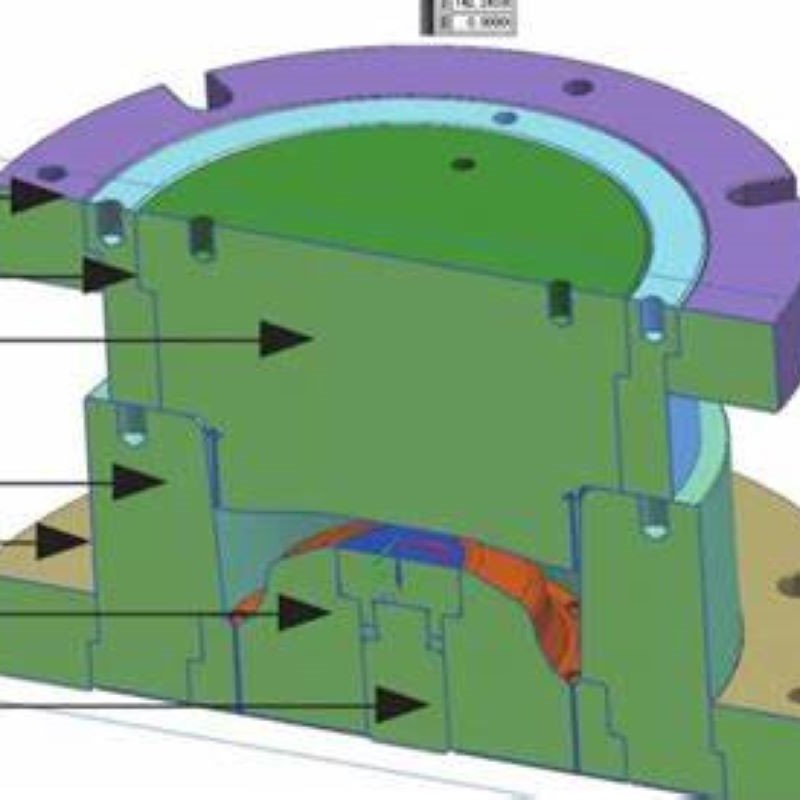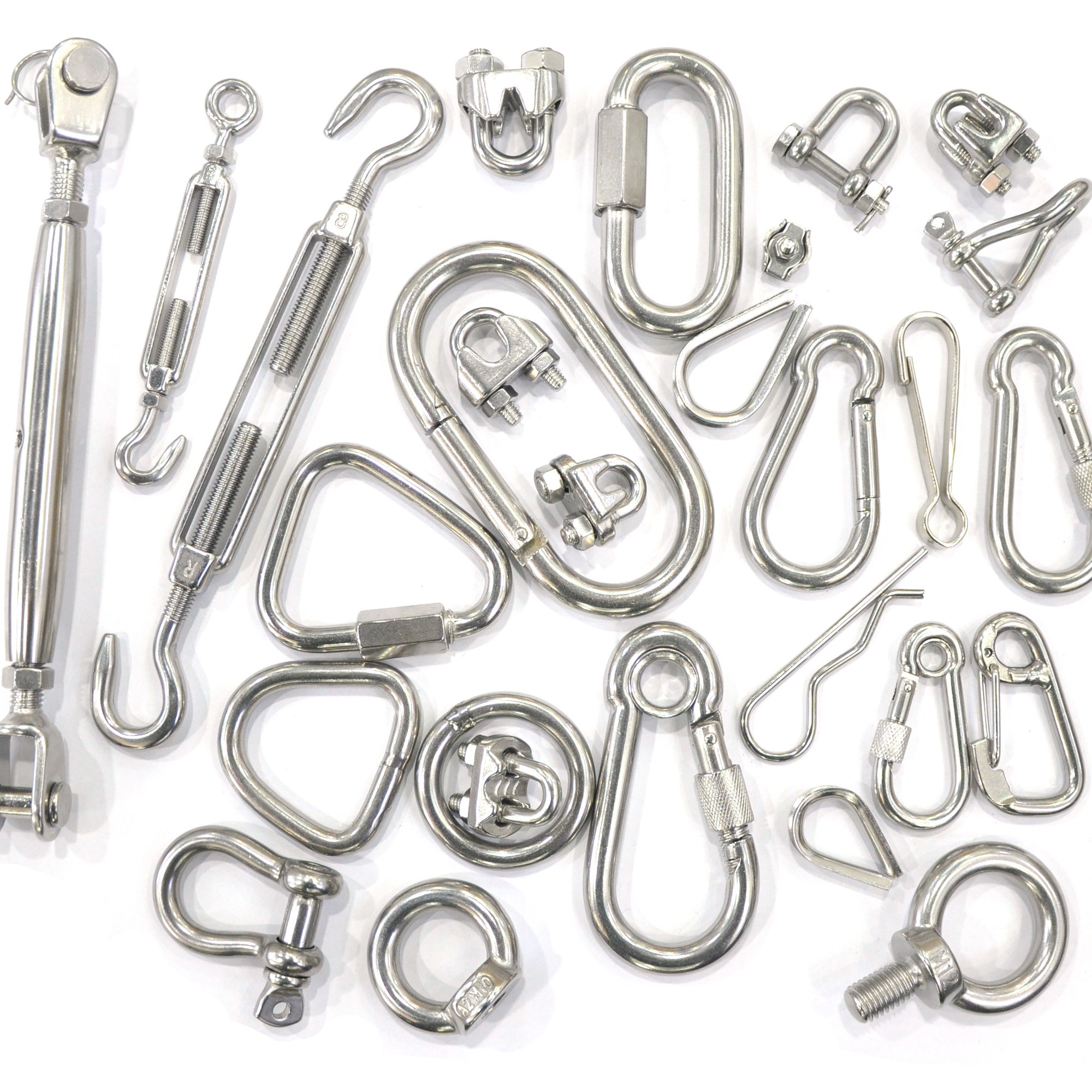Closed Forging Process
Date: 2024-04-14 Categories: News Hits: 375
Closed forging is an advanced forging process, its advantages and disadvantages are as follows:
advantage:
High material utilization rate: During the closed forging process, the metal blank is pre-pressed so that the metal fills the mold cavity to a higher extent, reducing material waste. Compared with traditional open forging, closed forging can achieve higher material utilization and reduce costs.
Excellent metal fluidity: Closed forging makes the metal flow path in the die cavity more reasonable and has better fluidity by pre-pressing and limiting the direction of metal flow. This helps eliminate defects and pores, improves the density of the forging and the uniformity of the internal structure, thereby improving the mechanical properties and fatigue life of the forging.
High precision: Closed forging uses molds to control the shape and size of the metal, which can achieve high forging precision. The design and manufacturing process of the mold is highly controllable and can achieve the forging of complex shapes and details to meet the requirements of precision parts.
Energy saving: Since the plastic deformation of metal during closed forging is mainly accomplished through pressure, closed forging consumes less energy than traditional open forging. This helps save energy, reduce production costs, and has less impact on the environment.
shortcoming:
High equipment investment: Closed forging requires special molds and equipment to achieve, which increases the investment cost of equipment. Especially for small-scale production companies, purchasing and maintaining closed forging equipment can be a large financial burden.
Longer production cycle: Since closed forging requires pre-pressure and multi-pass forging processes, its production cycle is longer than other forging processes. This may limit production efficiency and lead times in some cases.
Limiting forging size: Since closed forging requires the use of a mold for forging, the size and structural design of the mold will limit the maximum size and shape of the forged part. For large and complex shaped forgings, closed forging may not be sufficient.
To sum up, closed forging has the advantages of high material utilization, good metal fluidity, high precision and energy saving. However, due to disadvantages such as high equipment investment, long production cycle and restrictions on forging size, closed forging needs to be evaluated and selected based on specific needs and circumstances in practical applications.






